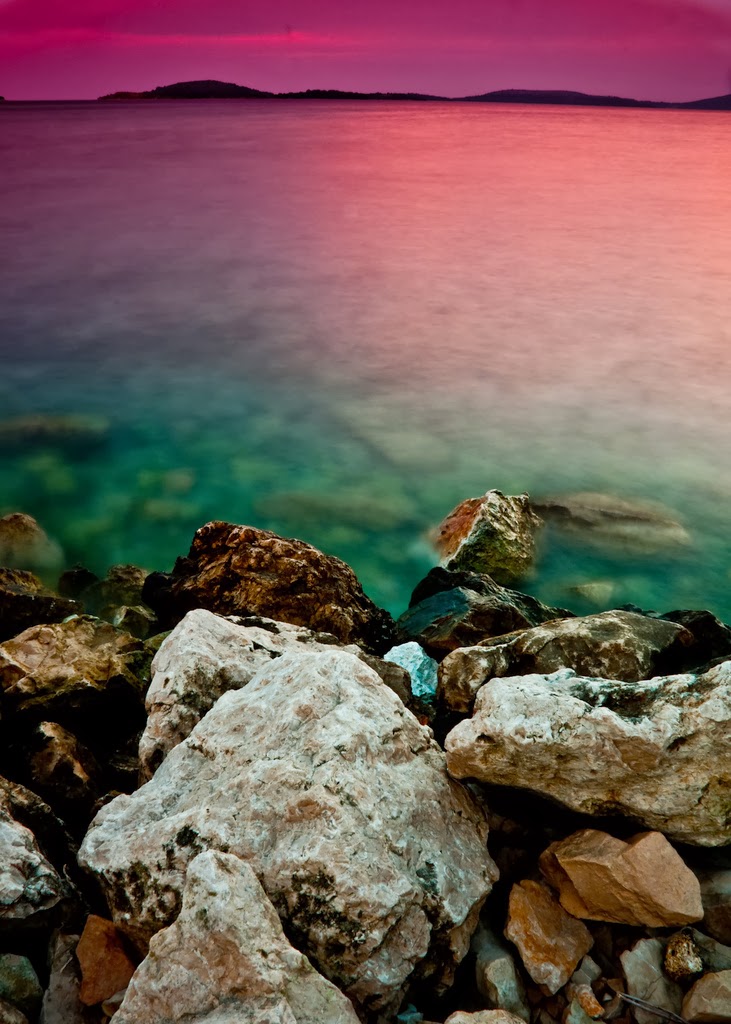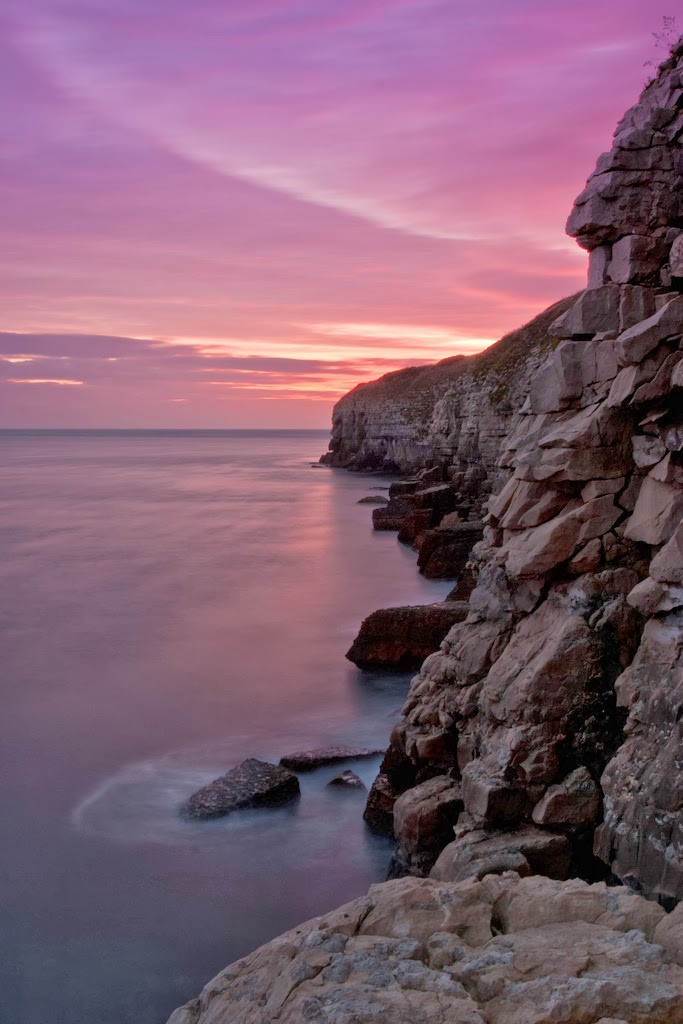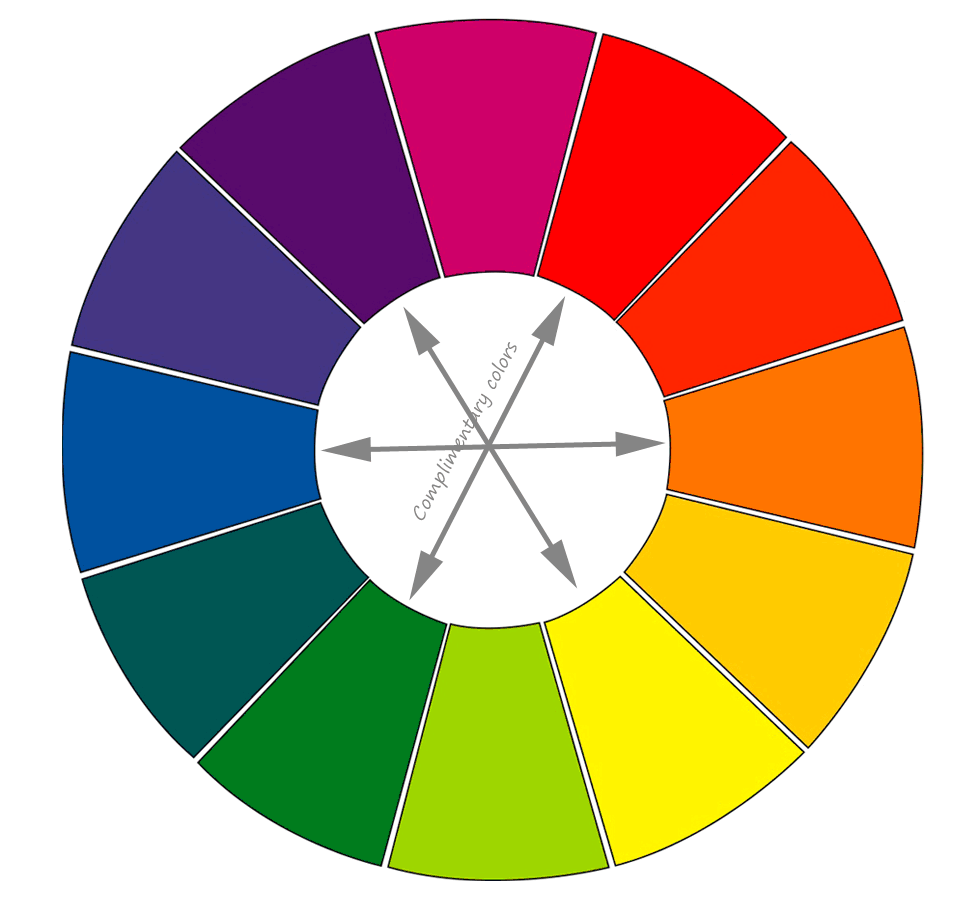Perhaps the most common complaint photographers have ever raised is that “my pictures are not sharp enough” or “the focusing system is not up to the mark”. And near about 100% of those who have these issues attribute it to fault in their equipment. Although in some instances they are right and the equipment is indeed the culprit; but in majority of the cases it is not the equipment but lack of understanding or improper shooting technique that are causing issues. In this article we will discuss some basic facts and certain shooting techniques that every DSLR user should be aware of which will help them get the best out of their equipment in terms of Focus and Sharpness.
 |
| Photo by: antonio pascual belda |
1. Clean Your Lenses and Sensor
Dirt on camera sensor and lenses could adversely affect the performance of your camera by making focusing difficult, regularly clean both the front and back elements of your lenses and also make sure there is no dust on your sensor for best performance.
2. Change / Remove Lens Filters
 |
| Photo by: Kai C. Schwarzer |
Cheap low quality filters could reduce the sharpness of your lens, what’s the logic of putting a 10$ filter in front of a 1000$ lens, you will end up with image quality equivalent of a 10$ lens. Even good quality filters deteriorate over time so make sure the filters you mount on your lens are high quality filters in perfect condition else remove the filter from the lens.
3. Get to Know Your Viewfinder
Ever wondered why there are so many squares and rectangles in the viewfinder well they are all focus points and they are not all the same. Most cameras have 9 – 11 focus points but recent models are featuring 64 +, the general rule is the more the better. Remember not all of the focus points could be selected for focusing as some of them function only as assist points.
 |
| DSLR Viewfinder |
Rectangle Focus Points – focus points represented by both horizontal and vertical rectangles are single plane focus points. They work only on lines of contrast at a 90 degree orientation. So horizontal rectangles are to be used for focusing on vertical subjects and vertical rectangles are to be used to focus on horizontal subjects.
Square Focus Points – focus points represented by a square are Cross points and they are superior to single points which are represented by rectangles because they work either way (can focus on both vertical and horizontal lines).
Use this information to align your subject with the right type of focus point to get fast and accurate focus. Also keep in mind the actual sensor area covered by a focus point is at least twice as large as the size of the rectangle shown in the viewfinder. So within that area the camera will try to focus on the area of greatest contrast.
4. Use only the Center Focus Point
Yes I know it does not make sense, if the camera has 64 focus points why not use them all, will it not help make focusing faster? The answer is both yes and no, if your intention is to attain focus fast then using all focusing points will certainly help you achieve that. But if your intention is to focus on the right part of the scene then its better you shift to center focus point only and use the focus point to focus precisely where you want. Center focus point is the most powerful and fastest focus point in any camera; it is also a cross type focus point.
 |
| DSLR Viewfinder |
For example imagine you are trying to shoot a scene with 5 different elements in it; in all point focus mode the camera does not know which one is important to you and will generally focus on the element that is closest to the camera. if that is not what you wanted you will have to release shutter button and try again this could be very frustrating, instead shift to center focus point only, point the center point at the element you need to be in focus, lock focus and recompose the scene.
5. Adjust your Diopter
Each person’s eye sight is different and so camera manufactures have provided a way to adjust the focus of your cameras eyepiece to match that of your eyesight. Without a properly calibrated diopter you will not be able to judge whether you subject is in focus or not. Read more about
Why and How to Use the Diopter Adjustment on Your DSLR Camera.
6. Use the Correct Focus Mode
Dig you DSLR’s users manual and read the section of focus modes. This one is important, in general most DSLR cameras have 2 or 3 different focus modes. But in my experience only 2 of them works well.
One Shot (Canon) / Single Servo Mode (Nikon) – use this mode for best results on subjects that are stationary. You will get both visual and audio confirmation on when focus is locked (depending on camera settings), the shutter will not fire if the camera is unable to achieve focus.
AI Servo (Canon) / Continuous Servo Mode (Nikon) – use this mode to shoot moving subjects, the camera will follow the subject as it moves across the frame, focus is set at the time of release of the shutter and the camera will take a picture irrespective of whether or not focus has been achieved or not.
7. Proper Focusing Technique
Many lenses struggle to focus when switching from near to far focus or vice versa. This happens because the lens stars to hunt for focus from one end (near or far) and need to travel all the way to the other to actually find the subject. To make things easier some lenses have a function called focus limiter that allows you to limit the area that the lens need to look for this could speed up things quite a bit.
For example Canon EF 100-400mm f/4.5-5.6 L IS USM Lens has a focus limiter that could be set from 1.8m to infinity or 6.8m to infinity so if you know that you are trying to focus on a subject that is far away you could set the focus limiter to 6.8m – infinity mode and make things much faster.
Another focusing technique is to manually focus the lens in the general direction so as to get the subject in acceptably sharp and then take auto focus do the precision fine tuning. This is much easier on lenses that have full time manual override function.
If manual focusing is not to your liking there is one tip that could help you auto focus better. Instead of pressing down the shutter button and keeping it pressed till the lens acquires focus, make it a two stage process, first half click to focus the lens in the general direction, release shutter button and half click again to fine tune and lock focus. This technique works because it helps minimize problems caused by inertia or slops in mechanics which cause the lens to overshoot the point of focus.
8. Understanding Subjects that are Difficult to Focus
Auto focus systems have evolved over the years and now deliver quite acceptable performance but they do tend to struggle with certain subjects such as the following:
- Low-contrast subjects. (ex. blue sky, solid-color walls, etc.)
- Subjects in low light.
- Extremely backlit reflective subjects. (ex. car with a reflective body)
- Overlapping near and far objects. (ex. animal in a cage)
- Repetitive patterns. (ex. Skyscraper windows, computer keyboards, etc.)
When faced with such subjects / situations, do either of the following:
- Focus on an object at the same distance as the subject and lock the focus. Recompose as needed and take your picture.
- Set the lens focus mode switch to <MF> and focus manually.
9. Where Should I Set My Focus?
 |
| Photo by: Jose Ramon |
General rule of focus is to set your focus at the most important part of the subject / scene. Have your sharpest focus on the area that you want to draw the viewer's attention to. For photographs of people and animals it’s the eyes, for landscapes with a foreground element it’s the foreground element, for landscapes without one set your focus at the Hyper Focal Distance.
10. Use Focus Lock Correctly
Focus, lock and then recompose is the most popular shooting technique. However bear in mind that if not used correctly this could cause focus errors due to lens movement (the arc angle) causing the camera to subject distance to shift slightly. This issue is most obvious when shooting macro and for macro photography I suggest you focus manually rather than depending on the cameras auto focus mechanism.
Some photographers suggest using the focus point closest to the subject so as to minimize this but in my opinion (especially if you are using a lens with full time manual focus) it is better to focus and recompose with your center focus point and if you find necessary (when using very shallow depth of field like f/1.4 or f/2.8) fine tune the focus manually. This will not be necessary in most cases however you should be aware of this and double check your focus after recomposing.
11. Don’t be Afraid to Focus Manually
Manual focusing has always been the best way to ensure accurate focus. But many photographers especially the ones who picked up photography in the digital age are very skeptical about this, they will shoot in manual mode if need be but does not entertain the idea of focusing manually. In fact manual focusing has never been so easy. The live view function coupled with the ability to zoom the view to say 5x or even 10x makes focusing manually much easier and precise.
12. Depth of Field is no Substitute for Good Focus
Irrespective of the depth of field in an image there is only one point of focus, you can only marginally improve the feel of sharpness by increasing depth of field but it could never substitute good focus.
13. Shutter Speed and Image Sharpness
 |
| Photo by: Kenny Teo |
Camera shake is one other factor that could lead to loss of image sharpness, when shooting stationary subjects the general rule for handholding is to use a shutter speed that is 1 over the focal length of the lens used. So if you are using a 200mm lens make sure you have at least 1/200 as the shutter speed. But this is not applicable when shooting moving subjects, to capture moving subjects sharp one should either use fast shutter speeds capable of completely freezing the movement or use flash to freeze it. Learn more about action photography here –
Understanding Action photography. Alternatively you could employ panning technique to capture movement in the background while keeping your subject sharp.
14. Turn On Image Stabilization / Vibration Reduction
If you are using a lens that has image stabilization feature (IS on Canon or VR on Nikon) turning it on could help you get sharper pictures while shooting handheld. Some cameras also offer stabilization at the sensor. However remember to turn it off when shooting on a tripod else it will influence the picture quality adversely.
15. Shoot on a Tripod for Ultimate Sharpness
 |
| Photo by: Giuss 95 |
When it comes to keeping camera steady nothing could match the versatility of a tripod. But most photographers are put off from using one due to the extra effort of carrying it with them all the time and the time and effort needed to set up your shot. However it could help better compose the frame, and eliminate camera shake completely.
16. Focus and Sharpness are two Different Things
Focus and sharpness are two entirely different things, it should be understood that you can have a perfectly sharp out of focus picture. And you cannot make an out of focus picture in focus by sharpening.
17. Lens Correction Data
Sometimes your equipment could be the real culprit; a particular lens might be consistently focusing a few millimeters in front or behind the intended focus area. In such cases most modern cameras have the ability to make an adjustment in the camera to fix the issue. The camera allows you to enter lens correction data for up to 20 different lenses (depending upon camera model) and when the camera identifies a lens for which the correction data is entered is mounted it sets the focus accordingly so as to get accurate focus.
A simple home experiment could tell you whether or not your lens is focusing at the right point or is it off. Set camera on a tripod, use the widest aperture allowed by your lens and take a picture of a ruler places at an angle of 45 degrees to the camera. Autofocus on 5” mark and you will be able to tell where the focus area actually is when you look at the picture in your computer screen whether it is precisely at the 5” mark or is it off and if it’s off then by what amount.
18. Add More Light to the Scene
Cameras auto focus needs light to work properly and often its lack of enough light that causes issues. If your camera has an AF assist beam do enable it, similarly most branded external flash units have an infra red focus assist beam to make focusing easier, so even if you are not using flash you could use it to make focusing easier (turn of flash firing in flash menu). Alternatively a torch or a head lamp or virtually any light source could be used to throw light on to your subject to focus.
19. Ensure Correct Exposures
 |
| DSLR Histogram |
Sharpness of an image is determined by a line of contrast; so if your picture is underexposed or have dull lighting, an image will not appear sharp even if the focus and everything else is right. Use your camera's inbuilt histogram feature to make sure you have your exposures right. Modern DSLR cameras have both RGB and Luminescence histogram to help photographers with exposure decisions.
20. Check Sharpness by Zooming in on Your LCD Screen
 |
| zooming lcd display of dslr camera |
Always check your images for sharpness by zooming in to 100% on your LCD screen; if there is any blur at all it will be visible when zoomed in 100% so you could immediately re-shoot the picture.
Focus and Image Sharpness are two of the most important technical aspects in photography which sets apart great photography from mediocre work. so spare no effort to make sure your photographs are as sharp as possible with your current equipment.
Related Reading










































